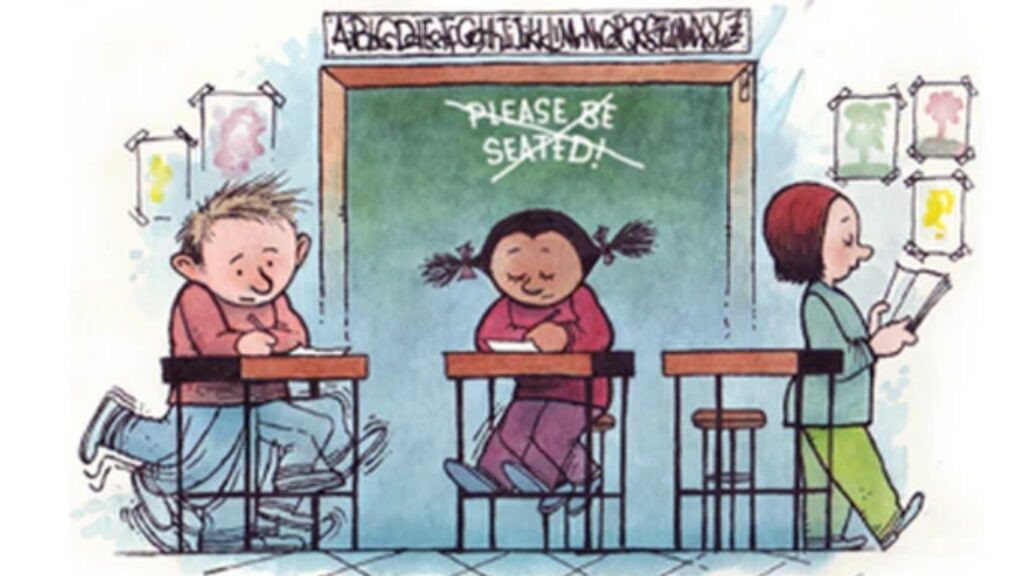
As a special needs psychologist journeying with families of children with special needs, I often hear a recurring story: educational institutions expect children to “fit” into their system. Those who don’t fit are seen as problems, something for parents to fix.
Parents are rarely told outright that their child has no place. But the message is quietly felt in the system. With limited resources and expectations of conformity, families end up feeling like they are being held ransom: If my child doesn’t comply, where will they go?
This silent pressure weighs heavily on parents. Instead of being supported, they carry the burden of trying to force their child into a mould that was never designed for them.
Disclaimer
Not every school or educator operates this way. Many are deeply committed to inclusion. This sharing comes from my personal encounters and the experiences of parents whose children have more intensive needs compared to others.
Why “One Way” Teaching Does Not Work
Every child learns differently. Some children need movement to regulate, others may need quiet to concentrate. Some thrive with structure, while others require flexibility to stay engaged.
When we expect all children to follow the same standard rules, e.g. like sitting still for long periods, we risk misunderstanding their needs. A child who cannot sit still is not necessarily being defiant. They may simply be signalling that their body or mind needs something different. And this apply to both neurotypical and neurodivergent students alike.
That’s why it’s so important to shift from looking at behavior as the problem to understanding the needs behind the behavior.
By reframing behaviour as communication, educators and parents can provide the appropriate strategies to support the student/ child. For example, movement breaks, sensory tools, or alternative learning approaches. Shouldn’t this be how the education system need to work, let alone for students with special needs?
Shifting the Focus: From Fear to Courage
During an OH Cards reflection, one card reminded me: fear will not change things. That insight stayed with me. Parents cannot be expected to carry unspoken fears alone. Educators too should not be left with only one way of teaching and operating.
The shift we need is this:
- From fitting the child into a system ➝ to shaping a system that caters to child’s learning needs
- From compliance ➝ to engagement
- From reacting to behaviour ➝ to understanding needs
A Call for Perspective Shift
If our education system continues to prioritise “standardisation” over individuality in the special needs sector, children who don’t fit will always be left behind. But when we shift our perspective, to focus on what makes each child regulate, engage, and feel happy, then we are building a progressive education system that supports neurodiverse learners and honours every child (towards neuroharmony?). And from my experience, many a times, such a thinking will design a teaching system that caters to more diverse needs. Many “behaviour” issues that educators fear will disappear.
Parents and educators alike need courage to speak up, to ask: What helps this child grow? What makes them come alive?
Because only when we dare to ask these questions, can we move beyond fear and towards an inclusion society, a “we are Singapore”, “building our Singapore together”.
